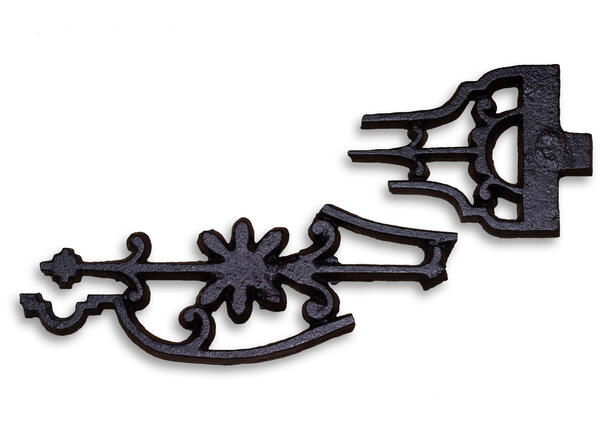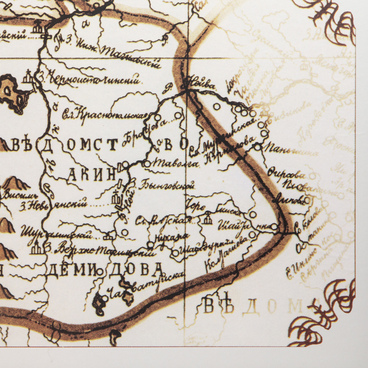A baluster is a shaped column-like post that supports the top rail of a fence. The galleries of the second, third and fourth tiers of the Leaning Tower of Nevyansk have a fence made of openwork cast-iron balusters, examples of artistic casting from cast iron that were made at the Nevyansk plant. The Kasli plant is renowned for its artistic iron castings. But they were produced in the 19th and 20th centuries. The first plant in the Urals to master artistic casting from cast iron was the Nevyansk plant.
Artistic casting is one of the most striking branches in the development of Russian decorative and applied arts. A surge in construction at the beginning of the 18th century determined the demand for cast iron castings for interior and exterior decoration, cast iron gratings, floor slabs, columns, and balusters. Industrial plants in the Urals, including the Nevyansk one, played an important role in the process of making artistic cast iron casting widely popular.
In artistic iron casting, the technological process, the high level of technical development and the professionalism of the workers determined the value of the future product. Art casting developed from cast iron smelting. Cast iron had to display all the details of the mold, be fluid and contain a certain amount of impurities that would best affect its properties. Cast iron was smelted exclusively using charcoal. The quality of the casting depended on the mold containing sand.
To make the mold, a model was needed. Architectural casting models were mainly made of wood and metal, and then simple models were cast in raw sand, complex models were cast in sand molds with casting boxes.
In 1958, a cast iron plate with an inscription was found in Nevyansk. It features the date when it was manufactured — January 1, 1725. Experts took cast iron samples from the slab and balusters of the tower balcony for spectral analysis. It turned out that the cast iron of the slab and baluster contains the same amount of elements such as chromium, nickel, zinc, vanadium, hafnium, and almost the same amount of cobalt, copper, and manganese. At the same time, both samples lack barium, silver, arsenic, antimony, phosphorus, and strontium. All this may indicate that the slab and balusters for the balconies were cast almost simultaneously.



